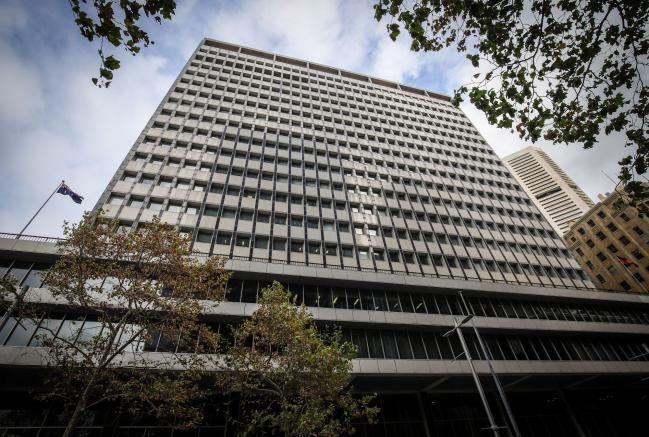Australia’s central bank surprised financial markets on Tuesday by holding its benchmark interest rate steady at 3.85%, defying widespread expectations of a hike. In its latest monetary policy decision, the Reserve Bank of Australia (RBA) signaled a cautious approach amid mixed economic signals, prompting immediate reactions across stock, bond, and currency markets. The unexpected pause comes as the nation grapples with persistent inflation pressures and ongoing global uncertainties.
Australia’s Central Bank Holds Interest Rates Steady Defying Market Expectations
The Reserve Bank of Australia (RBA) surprised investors by deciding to maintain the cash rate at 3.85%, signaling a cautious approach amid mixed economic indicators. The move defied widespread market expectations of a rate hike, as concerns about inflationary pressures appeared to be balanced by signs of slower wage growth and subdued consumer spending. RBA Governor highlighted uncertainty in global markets and emphasized the need for patience to assess incoming data before making further policy adjustments.
Market analysts have responded with a mix of intrigue and caution, noting several key factors influencing the decision:
- Inflation Trends: Core inflation remains elevated but shows signs of easing, affecting the RBA’s outlook.
- Labor Market Dynamics: Employment figures point to steady but not overheated growth.
- International Pressures: Global economic slowdown and geopolitical risks add complexity.
| Economic Indicator | Current Status | RBA Outlook |
|---|---|---|
| Inflation Rate | 5.2% | Gradual decline expected |
| Unemployment Rate | 3.6% | Stable |
| GDP Growth (Q1) | 0.6% | Moderate expansion |
Economic Implications of the Rate Pause on Inflation and Growth Outlook
The decision to hold the policy rate at 3.85% signals a cautious stance by the Reserve Bank, reflecting ongoing concerns about balancing inflation control with sustaining economic growth. While headline inflation rates have shown signs of cooling, underlying price pressures remain stubborn. By opting for a rate pause, the central bank is effectively allowing more time to assess the durability of recent inflation moderation before further tightening. This move may temper immediate borrowing costs for businesses and households, potentially supporting consumer demand and investment in the near term.
- Inflation forecasts indicate gradual easing but risks persist due to global supply disruptions and wage growth.
- Growth outlook remains uneven, with exports and resource sectors showing resilience amidst domestic consumption challenges.
- Market expectations now lean towards a gentler path of future rate hikes, reducing volatility in the financial sector.
| Economic Indicator | Current Status | Outlook | |||||||||||||||||||
|---|---|---|---|---|---|---|---|---|---|---|---|---|---|---|---|---|---|---|---|---|---|
| Inflation Rate | 5.1% (Y-o-Y) | Moderate decline expected | |||||||||||||||||||
| GDP Growth | 2.3% (Annualized Q1) | Steady but cautious expansion | |||||||||||||||||||
| Unemployment Rate | Key Takeaways:
Economic Indicators: | Economic Indicator | Current Status | Outlook | If you have any questions about the data or need more details, feel free to ask! Investment Strategies to Navigate Uncertainty Following Reserve Bank DecisionIn the current environment marked by the Reserve Bank’s surprising decision to maintain the cash rate at 3.85%, investors are urged to prioritize diversification and liquidity to shield portfolios from unexpected volatility. Allocating assets across a mix of sectors such as healthcare, technology, and consumer staples can provide a buffer against market swings. Additionally, maintaining a higher proportion of cash or cash-equivalent holdings allows investors to quickly capitalize on sudden market opportunities triggered by policy shifts or economic data surprises. For those seeking growth while managing risks, alternative investment options like real estate investment trusts (REITs) and inflation-indexed bonds present viable avenues. These instruments can offer protection against inflationary pressures that often follow central bank decisions. Below is a quick comparison of select asset classes to consider under uncertain interest rate conditions:
Closing RemarksAs Australia’s central bank opts to hold interest rates steady at 3.85%, market participants are left reassessing expectations amid ongoing economic uncertainties. This unexpected decision underscores the Reserve Bank’s cautious approach in balancing inflation pressures with growth prospects. Observers will closely monitor upcoming economic data to gauge the future trajectory of monetary policy in Australia’s evolving financial landscape. |




